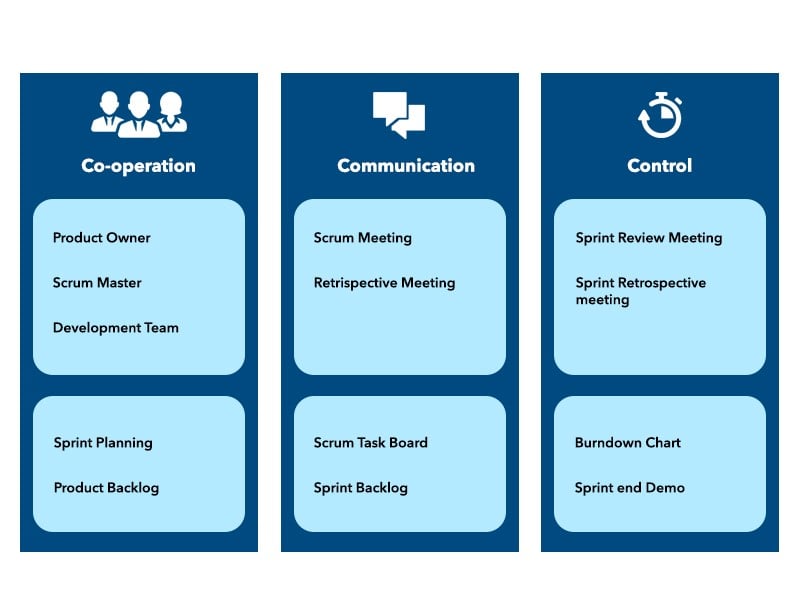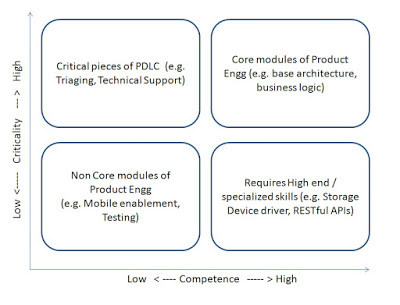Few years ago while attending an event at IIT Chicago, I came across a book “Process of Innovation”. When I started reading it, I realized it’s too complex for me to go through each of the theorems mentioned in the book. As a result an impression was created in my mind – I cannot innovate. The impression was so strong that over a period of time any topic around innovation used to scare the hell out of me (given that I like to learn new thoughts and processes).
A few days ago, e-Zest’s Chief Innovation Officer sent me an invite to attend a full-day workshop on Innovation. While reading the invite, I was thinking of my experience 7 years ago. Since a significant time had passed by, I was open to attend this workshop with a fresh mind. As the workshop progressed, I realized the process of innovation is so simple (needless to say, credit goes to the speaker / faculty – David Wittenberg).

The key skill required is to OBSERVE in different ways and identify gaps for end-user of any system, and then IMAGINE an opportunity to innovate. Almost all innovators have ideated after observing problems and then imagining a solution. Important thing to understand is, not all ideas are fit to solve identified problems.
To innovate, use a simple three step process: Discover, Invent, Refine. Sizable amount of time is spent in the Discovery phase (lot of user study, relating to domains outside of the identified problem, feasibility, voiced and un-voiced needs, etc). Once you have understood the problem (where you have spent max time), generating ideas (Invent) should be a cake walk (especially with Jugaad skills, which are available aplenty in India). Next step is to Refine. Refine it till you eliminate bad ideas and validate the opportunity in an iterative process.
During the workshop, we (a group of 10 e-Zest employees) came out with loads of ideas to innovate based on different methods. We shortlisted few ideas using a Crowdsource voting. Once we spend time on three steps of Innovation, e-Zest will soon release prototypes and run it through potential customers. Eventually, we could release a product or two which would solve a significant problem faced by Enterprise IT (Cloud/Mobile /TeleMedicine).
(Photo: Flickr)


